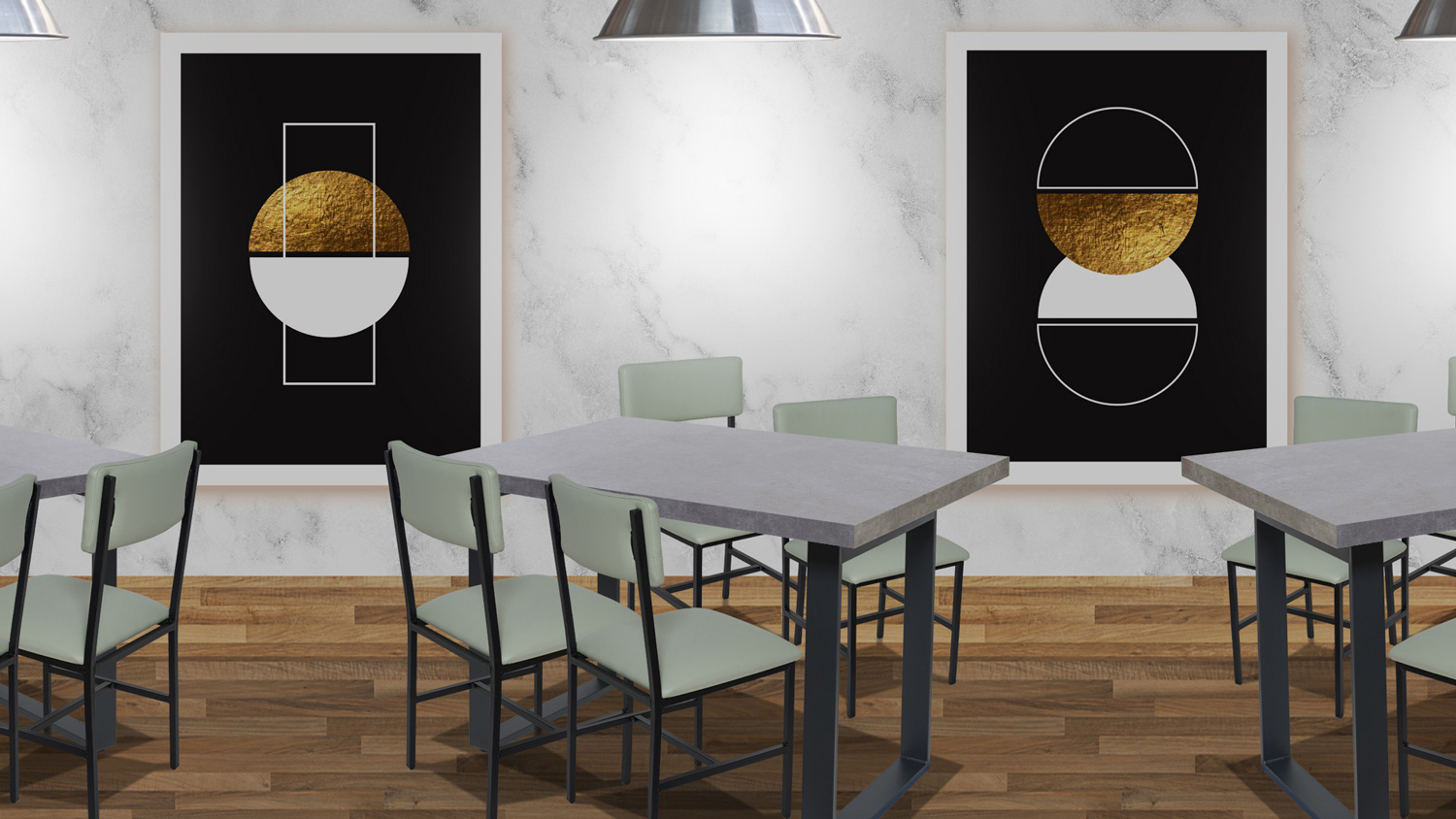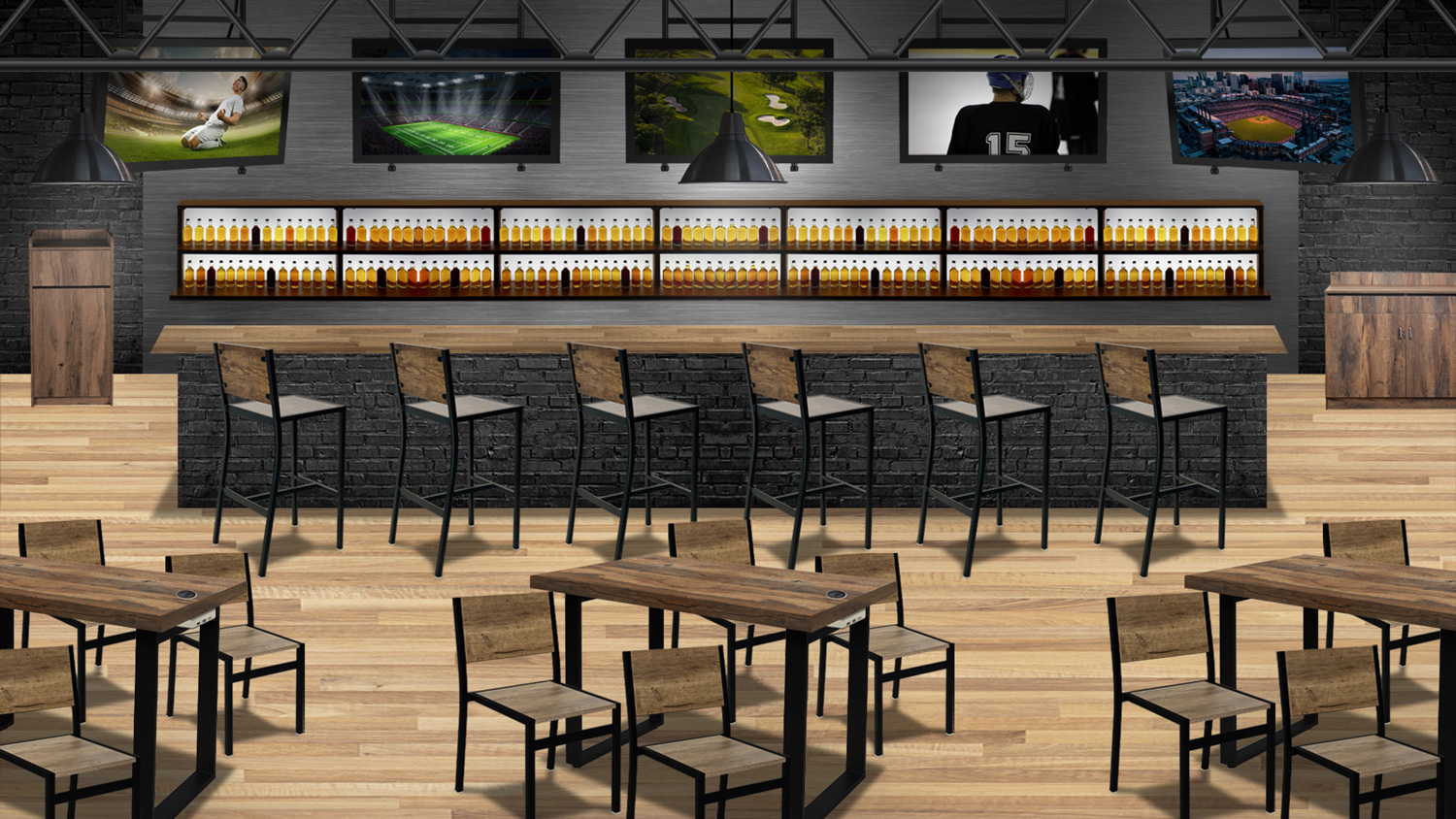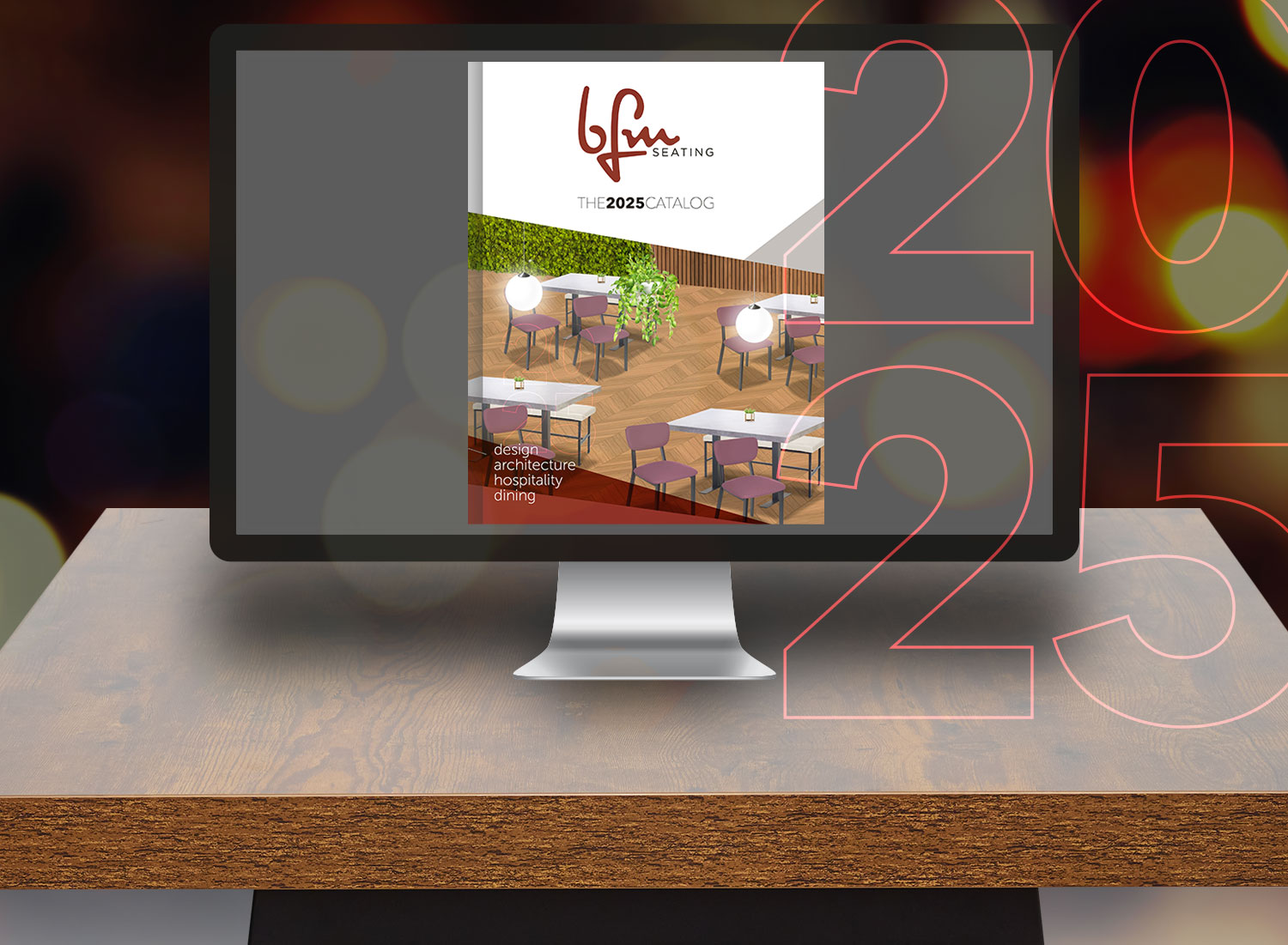
In the world of restaurant design, seating plays a pivotal role in shaping the dining experience. The challenge for restaurateurs is to strike the perfect balance between comfort and aesthetics. While guests seek a visually appealing ambiance, they also desire a comfortable seating arrangement that enhances their overall experience. Balancing these two elements is key to ensuring customer satisfaction and optimizing restaurant turnover rates.
THE IMPORTANCE OF COMFORT IN RESTAURANT SEATING
Comfort is paramount when it comes to restaurant seating. A well-designed chair can make the difference between a pleasant dining experience and an uncomfortable one. Comfort in seating primarily revolves around seat design, support, and ergonomics. Chairs with adequate padding, supportive backrests, and ergonomic design can significantly enhance guest comfort.
Comfortable seating encourages guests to linger longer, leading to increased spending on food and beverages. When patrons feel relaxed and at ease, they are more likely to order additional courses, desserts, and drinks, boosting the restaurant’s revenue. Furthermore, comfort can translate to positive reviews and repeat visits, as satisfied customers are more likely to return and recommend the establishment to others.
THE ROLE OF AESTHETICS IN RESTAURANT SEATING DESIGN
While comfort is crucial, aesthetics play an equally important role in creating a memorable dining experience. The visual appeal of a restaurant’s seating can set the tone for the entire establishment. From sleek, modern designs to cozy, rustic styles, the aesthetics of seating should align with the restaurant’s theme and brand identity.
Beautiful seating not only attracts customers but also enhances the overall ambiance of the dining space. Thoughtful design choices, such as color schemes, materials, and shapes, can create an inviting and visually stimulating environment. Restaurants that invest in stylish seating are more likely to draw in customers who appreciate a well-curated dining atmosphere.

STRIKING THE PERFECT BALANCE
Achieving the ideal balance between comfort and appearance requires careful consideration of various factors. Restaurateurs should prioritize material choices that offer both durability and visual appeal. For instance, combining plush cushions with sturdy frames can provide the necessary comfort without compromising on style.
Design styles should be chosen with the target audience in mind. A modern bistro might opt for sleek metal chairs with contoured seats, while a cozy café could benefit from plush, upholstered seating. Functionality is another crucial aspect; stackable chairs, for example, offer practical benefits for busy restaurants without sacrificing design.
Case studies of successful restaurant seating designs can provide valuable insights. For instance, a high-end restaurant that incorporates luxurious, upholstered chairs in its dining area can create a sophisticated atmosphere, while a beachfront café with brightly colored, weather-resistant seating can evoke a relaxed, casual vibe.
GUEST COMFORT VS. RESTAURANT TURNOVER
Balancing guest comfort with restaurant turnover is a delicate art. While comfortable seating encourages guests to stay longer, restaurateurs must also consider the impact on table turnover rates. During peak hours, it is essential to maintain a steady flow of customers to maximize revenue.
One approach is to design different seating areas within the restaurant. Comfortable, cushioned seats can be placed in lounge areas or sections designated for longer stays, while slightly firmer, more upright chairs can be used in the main dining area to encourage a moderate turnover rate. This way, guests can enjoy a comfortable dining experience without overstaying their welcome.
PRACTICAL TIPS FOR RESTARATEURS
For restaurateurs looking to strike the perfect balance between comfort and aesthetics, here are some practical tips:
1. Material Selection: Choose materials that are both durable and visually appealing. Consider stain-resistant fabrics and easy-to-clean surfaces to maintain the seating’s appearance over time.
2. Collaborate with Designers: Work with professional designers and manufacturers to create custom seating solutions that meet your specific needs and brand identity.
3. Versatile Seating Options: Incorporate a mix of seating types, such as bar stools, lounge chairs, and dining chairs, to cater to different customer preferences and dining experiences.
4. Customization: Offer customization options for seating, including color choices and fabric types, to create a unique and cohesive look for your restaurant.
Balancing comfort and aesthetics in restaurant seating design is essential for creating a successful dining environment. By prioritizing both elements, restaurateurs can ensure that their guests enjoy a pleasant and memorable experience. Comfortable and stylish seating can lead to increased customer satisfaction, positive reviews, and repeat visits, ultimately contributing to the restaurant’s success.
Ready to transform your restaurant’s seating? Explore BFM Seating’s range of products that offer the perfect blend of comfort and style. Visit our website for more information – let us help you create an unforgettable dining experience for your guests.
To learn more about BFM Seating’s restaurant seating solutions, please click here or call us at 215-289-5411.

